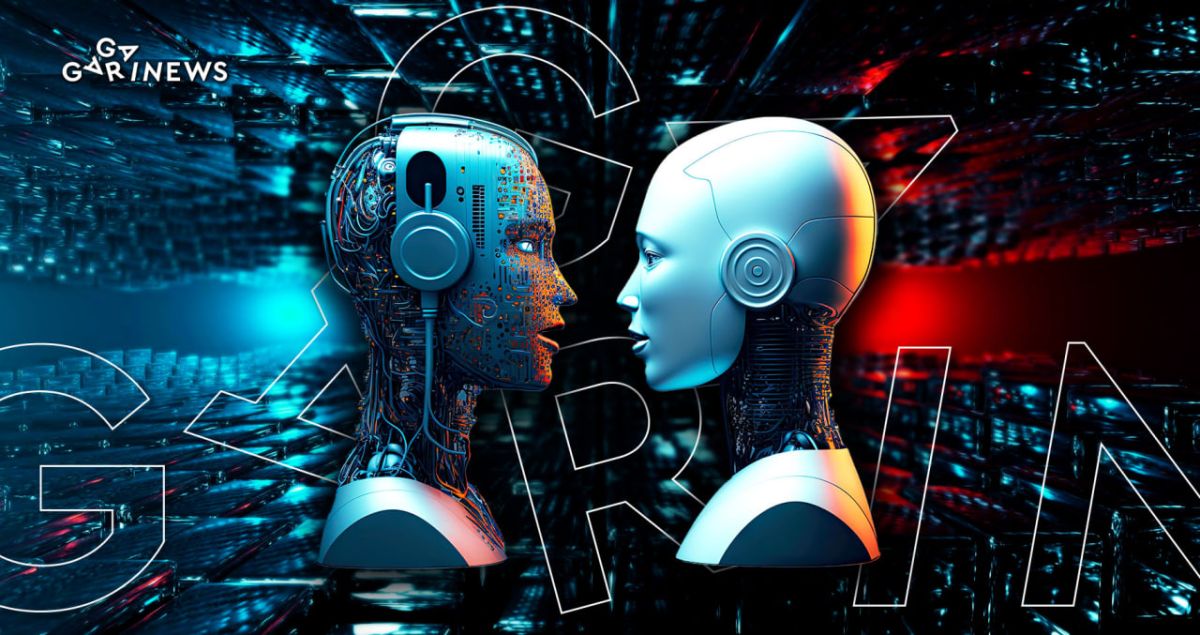What’s the difference between Web3 and Web3.0?

Although the names are quite similar, they refer to different concepts.
Web3 and Web3.0 are not the same thing! Let's break down one of the most common misconceptions in the crypto world.
Web3 – the decentralized future
Web3 is a concept created and promoted by blockchain enthusiasts. As the name suggests, it refers to the third stage of the evolution of the Internet. Its main idea is the decentralization of the network. The capabilities that Web3 will provide to users would be fundamentally different from the familiar functionality of Web1 and Web2.
Web1 covers the first 15 years of the World Wide Web after its inception in 1989. Some of us still remember the basic interface of websites from those days. The Internet was mainly a collection of texts, without interactive capabilities. The maximum that we could expect was to send and receive emails, and maybe chat on ICQ.
In 2004 the Web2 era started, and it is still going strong today. The main characteristics of the Internet during this period became interactivity and functionality. Humanity was drawn to these new features, and we happily settled into the World Wide Web. We now live in social networks, creating digital avatars of ourselves and filling them with meaning. We create posts, shoot shorts and videos, tweet, and express our individuality in dozens of other ways. However, the problem is that our contact information and the content we create do not belong to us, but to global IT companies. It is slowly dawning on many that (probably) Meta, Google, and other players not only use our information for their commercial purposes but also skillfully manipulate our consciousness and, ultimately, public opinion.
When the situation became increasingly absurd, Gavin Wood, a co-founder of Ethereum and creator of Polkadot, came up with the idea of creating Web3. Wood's proposal is based on the desire to return control of users' network identity, data, and created content to the users by creating a decentralized online ecosystem on the blockchain.
Different stakeholders have varying perspectives on the practical implementation of Wood's idea. According to the science community, Web3 is referred to as “the putative next generation of the web’s technical, legal, and payments infrastructure – including blockchain, smart contracts and cryptocurrencies” (definition by the Bennett Institute for Public Policy at the University of Cambridge).
Web3 encompasses various concepts that resonate with the crypto community, including Decentralized Autonomous Organizations (DAOs) and Decentralized Finance (DeFi).
It should be noted that all of these solutions are still in the discussion stage and have not yet been implemented. There are as many critics of Web3 as there are supporters. For example, Jack Dorsey, a co-founder and former CEO of Twitter, called the blockchain-based Internet a “venture capitalists' plaything.”
Dorsey believes that Web3 will not democratize the Internet, but will simply take control of information away from players like Meta and give it to venture capital funds like Andreessen Horowitz. This investment firm, famous for its significant investments in the crypto industry, has indeed lobbied for the idea of Web3 as a simple answer to the regulatory questions surrounding the internet, which politicians often grapple with.
Web 3.0 – The Semantic Web
Web 3.0, also known as the Semantic Web, is a concept developed by the inventor of the World Wide Web, Tim Berners-Lee. The architecture of the Semantic Web is being developed by the World Wide Web Consortium, an international organization that is involved in standardizing the Web. The goal of the Semantic Web is to make internet data machine-readable.
I have a dream for the Web [in which computers] become capable of analyzing all the data on the Web – the content, links, and transactions between people and computers. A “Semantic Web”, which makes this possible, has yet to emerge, but when it does, the day-to-day mechanisms of trade, bureaucracy and our daily lives will be handled by machines talking to machines
Berners-Lee explains his concept.
By embedding machine-readable metadata about web pages and how they relate to each other, Semantic Web aims to make Internet data more accessible to intelligent agents, allowing them to perform more tasks on behalf of users. (In the field of artificial intelligence, an intelligent agent (IA) perceives its environment, acts to achieve its goals, and can improve its performance through learning). In other words, if you change your current location in your Facebook profile, the IA will “pull” the corresponding information into your profiles on other social networks. According to the latest public information provided by the World Wide Web Consortium, Semantic Web markers currently exist on only about 2% of internet pages.
Indeed, the Semantic Web concept, also known as Web 3.0, is still far from being widely implemented. It is telling that the creator of the Semantic Web, Berners-Lee, recently called cryptocurrency dangerous and speculative and compared the crypto industry to the DotCom bubble. Unfortunately, the world of blockchain is foreign to the father of the Internet. So, let us never confuse Web3 and Web3.0 again!
The content on The Coinomist is for informational purposes only and should not be interpreted as financial advice. While we strive to provide accurate and up-to-date information, we do not guarantee the accuracy, completeness, or reliability of any content. Neither we accept liability for any errors or omissions in the information provided or for any financial losses incurred as a result of relying on this information. Actions based on this content are at your own risk. Always do your own research and consult a professional. See our Terms, Privacy Policy, and Disclaimers for more details.

























